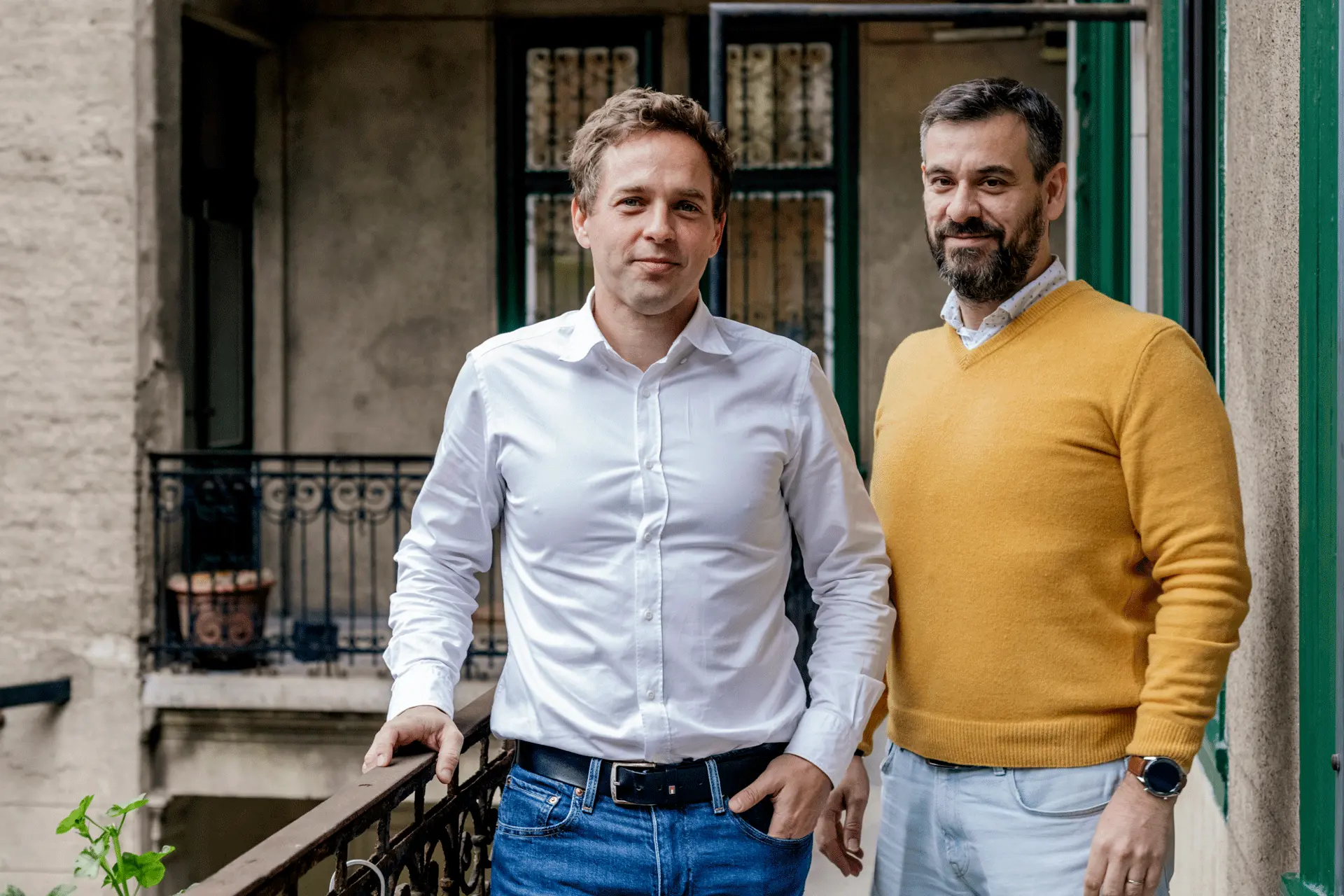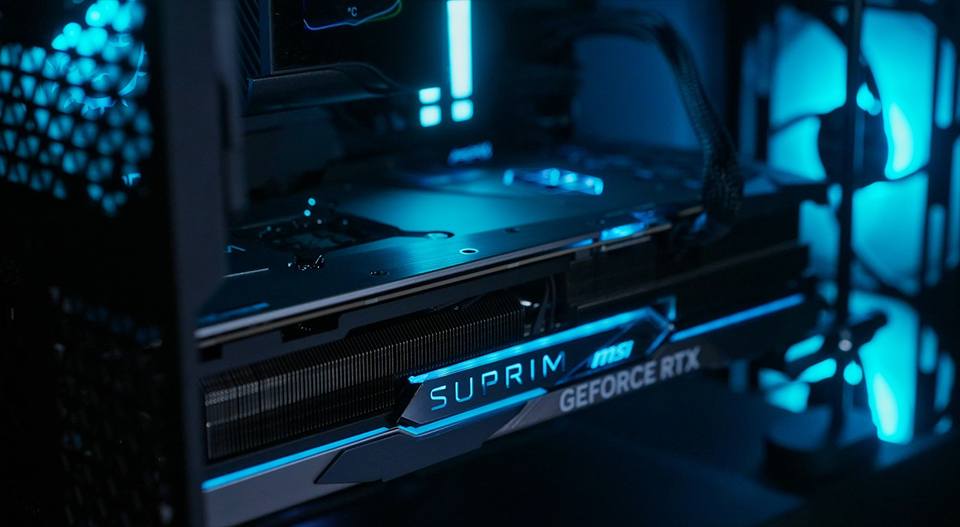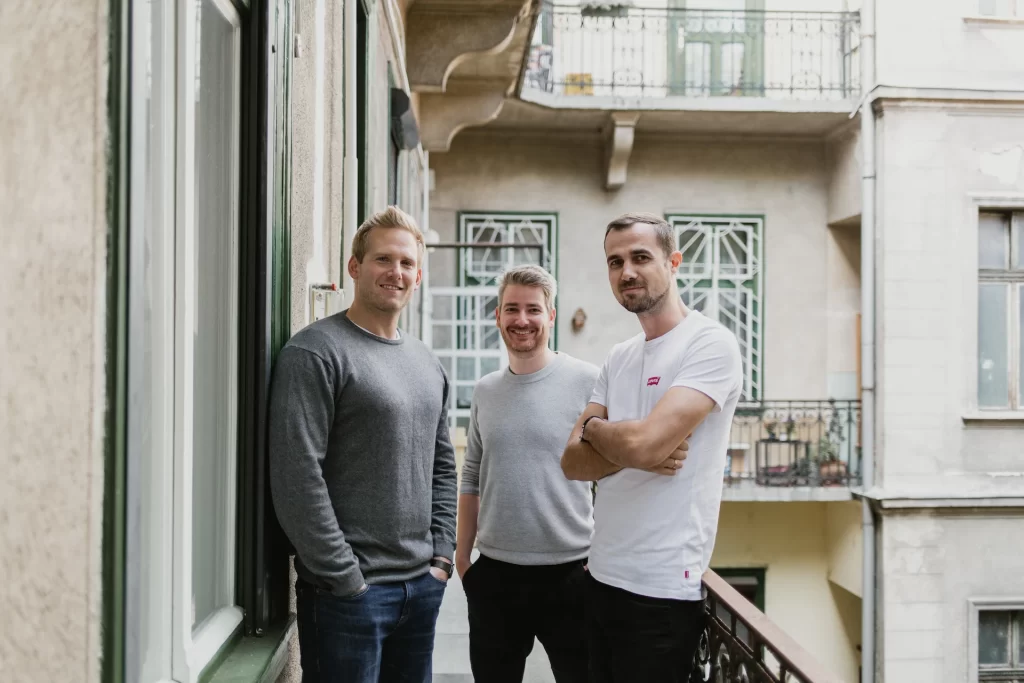A blueprint for success
When you see a gorgeous multi-family home on Instagram, a skyscraper in a printed magazine, or a new museum in the six o’clock news that hasn’t been built yet, chances are, you’re looking at one of ZOA Studio’s expertly-crafted visuals.
It all started when András and Máté met at university in 2005. While working together on a university project they realized that the tools VFX artists use for video production can be adapted and used in architecture. They put their talents together and co-founded ZOA—an architectural visualization studio based in Budapest and Valencia focusing on creating photorealistic architectural animations and images with 3D technology.
By using VFX tools, the artists at ZOA can fully render and realize designs even before a project breaks ground. After all, as Onodi states, “architectural visualization is nothing more and nothing less than a glimpse into the future—into a world that does not yet exist, but will surely do as a result of the work that we do.”
Since then, we have done work with world-class architecture and design firms like Zaha Hadid, Snøhetta, and UNStudio.
ZOA helps showcase the distinct visions of the world’s leading architects and global real estate enterprises to their respective investors and buyers by rendering and animating images for various communication and marketing needs.
Early on, András and Máté made sure to focus on building and strengthening human connections within their team as well as with their roster of clients. This helped set the studio apart as they became the global agency they are today. “We are focused on two main goals: amaze people with our work and make friends along the way,” says András.
Video is the Name of the Game
There were some challenges at the start. The team at ZOA faced technological bottlenecks during the design phase, which impacted creativity. In the earlier days of the studio, most mid-range computers were not yet powerful enough to quickly render photorealistic images. “Back then, computers were a limiting factor, particularly with slow rendering times,” shares Botond Sass, Lead CG Artist at ZOA. “It was hard to get into the creative flow as an artist.” And as creatives will tell you, getting to the flow state—a sense of fluidity between body and mind where you’re completely absorbed by something beyond the point of distraction—is key to bringing out one’s best work.
Despite the limitations of computing hardware at the time, the ZOA team carried on with their mission. As they grew, they doubled down on video, animations, and motion graphics—correctly predicting that it would be the new medium for architects to bring their designs to life in this digital age. “Video has slowly become the leading content form in digital marketing,” explains Máté, “and we actually anticipated the same thing happening in architectural visualization as well.”
“Motion is key for social media or websites that make a significant impact on real estate marketing campaigns—and also look good in any architectural presentation,” he later adds. “But as we shift towards animated content, we require more RAM and more power.”
A Much-needed Shift
In 2022, our team added the MSi’s NVIDIA GeForce RTX 4090 graphics card to our toolbox which completely transformed the way we work. With the card’s advanced technology, speed, and performance, we are now able to work significantly faster when handling larger projects and master plans. “Our previous hardware simply cannot compare,” András explains. “We have not just more time to refine our work, experiment with lighting and textures, and explore different ideas, but we are also faster and equipped to handle 30 or 40 projects simultaneously.”
Thanks to the MSi RTX 4090 graphics card, we can quickly create immersive environments and make changes on the fly, tweak designs in real-time, and see the impact of those changes immediately. With the RTX 4090, the state of technology has caught up to the ambitions of our studio. Our artists are now able to create animations that are more beautiful and elaborate than ever before. “In the next ten years, we will surely do more and more animations,” András states, “and we use technology to speed up our workflows because, at the end of the day, it’s the creative process that we want to focus on.”
“We have also seen a significant improvement in cutting, editing, and rendering our animations,” he shares. “We have even tested rendering with GPU and found that although there are still limitations to this technology, the speed increase can be up to ten times faster in VRAY, which we believe will change not just our workflow but the entire industry in the next few years.”
Human Stories at the Forefront
By embracing video as its main medium, we have combined architectural visualization with storytelling. This adds a new and exciting dimension to how architects and real estate developers can showcase their projects and also opens up new avenues in real estate marketing to different people.
“Our work has to stand out on smaller screens and social media platforms as customers spend more and more time looking at their phones while the amount of content is increasing like crazy.” Máté explains. With an emphasis on digital marketing, we have continuously innovated on our workflow, showing architecture firms and real estate developers that video and animation can be a strong foundation for marketing campaigns with impressive returns.
“We changed the narrative to tell stories and create animated content that brings more attention and engagement in a world of overwhelming digital noise,” he continues. “Right now, with the latest hardware technology, we are capable of creating movies that surpass client expectations. It has opened up a whole new world of possibilities.”
A Future with People First
As they look toward the future, András Onodi, Máté Hámori, and the artists at ZOA Studio are still grappling with questions about the evolution of their industry.
“We are constantly asking: what lies ahead for architecture?” Onodi shares. “How will our industry change as technology and AI becomes more advanced? How will people’s preferences shift in new living spaces? These questions are at the heart of our work as an architectural visualization company.”
But putting people first is something that hasn’t changed in the 18 years the studio has been open. “Looking back to the old days, we’ve come to realize that building strong connections with clients is crucial for delivering high-quality [work],” shares Onodi. “Our work is only as good as the bonds we forge with our partners. We had 400 global partners in the past two decades, delivered almost 2000 projects to more than 80 locations, survived two major market crashes, but to lay down the path to find the right people and see them happy was definitely the biggest challenge in our journey.”
ZOA Studio moves into the future with people and technology on its side. With a history of crafting great work that stems from the creative process fueled by the latest innovations, “seamless integration of the human brain and technology is [their] ultimate goal,” shares Onodi.


